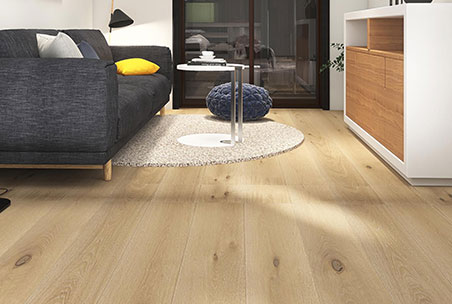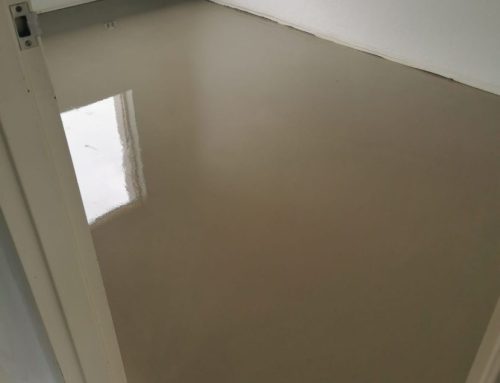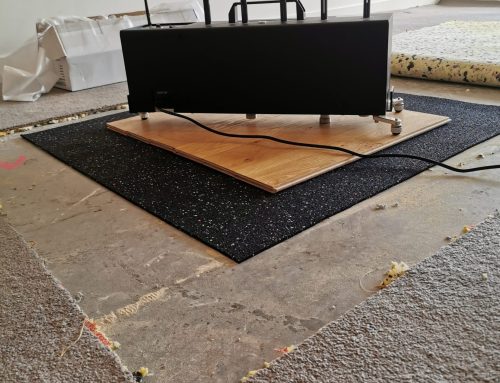There are several methods for installing timber floors, each with its own unique benefits and drawbacks. In this article, we will explore the most common methods for installing timber floors and the factors that influence which method is best suited for a particular project.
- Nail-down installation – This method involves nailing the timber boards directly to the subfloor using nails or staples. Nail-down installation is suitable for solid timber boards and is ideal for high-traffic areas that require a durable, long-lasting floor.
- Glue-down installation – This method involves adhering the timber boards directly to the subfloor using adhesive. Glue-down installation is suitable for engineered timber boards and is ideal for areas with high humidity or moisture, as the adhesive helps prevent moisture from penetrating the floorboards.
- Floating installation – This method involves laying a thin foam underlay over the subfloor and then interlocking the timber boards together, without the need for nails or adhesive. Floating installation is suitable for engineered timber boards and is ideal for areas with uneven subfloors, as the underlay can help even out the surface.
- Click-lock installation – This method is similar to floating installation but involves a specific interlocking mechanism that locks the boards together more securely. Click-lock installation is suitable for engineered timber boards and is ideal for areas with heavy foot traffic.
When selecting a timber floor installation method, several factors should be considered, such as the type of subfloor, the moisture levels in the room, the expected foot traffic, and the style and size of the timber boards. It is essential to consult with a flooring professional to determine the best installation method for your specific project.
In conclusion, there are several methods for installing timber floors, each with its unique benefits and drawbacks. The type of installation method selected will depend on several factors, including the type of subfloor, moisture levels, expected foot traffic, and timber board style and size. Consulting with a flooring professional can help ensure that the right installation method is selected for a particular project, resulting in a durable and long-lasting timber floor that enhances the beauty and value of any space.




